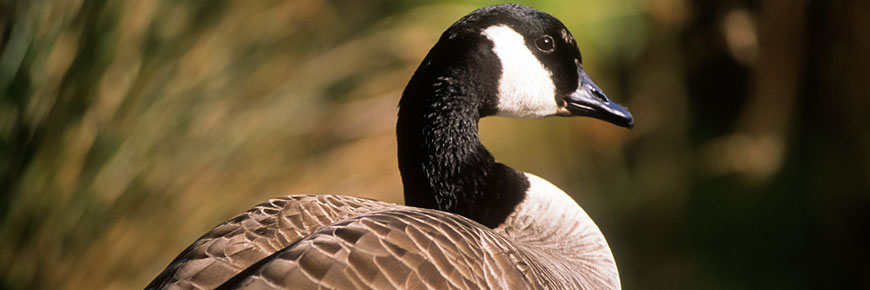
Keeping wildlife wild
Sault Ste. Marie Canal National Historic Site
Observing wildlife in their natural habitat is a privilege that comes with a responsibility to treat wildlife with the respect they deserve and need.
Why is human food bad for wildlife?
Wildlife need to find their own natural food sources, not yours.
The act of hand feeding wild animals; leaving food, cooking utensils and scented items out when not in use; and littering or not properly disposing of garbage can lead to animals learning that humans can be a source of food. Once an animal has accessed human food or garbage, there is a significant risk that it will continue to seek unnatural food from people or visitor areas. When an animal learns to associate people with food, or become “food conditioned”, the animal will frequent areas that are unsafe, such as roadsides or parking lots, and may begin to adopt bold or aggressive behaviours towards people. This puts the safety of people and the animal at risk.
In addition, wildlife are adapted to eating their own natural food sources, not human food and garbage. They often ingest plastic, chemicals and other material that may be harmful to their health. If they become dependent on artificial sources of food, then they may have difficulty when these sources of food later disappear.
Feeding wildlife in a national park or historic site is illegal and you can be charged under various legislation. This includes feeding them directly by offering them food, or indirectly by leaving food unattended, littering, or not properly disposing of garbage.
Parks Canada appreciates the cooperation of visitors, local residents, and community members. By respecting these guidelines, we all contribute towards coexisting with the wildlife and protecting the diverse species that make this place so special.
Related links
- Date modified :